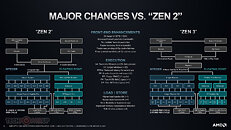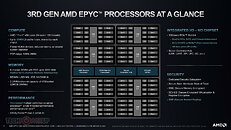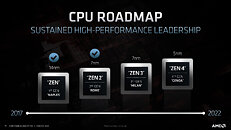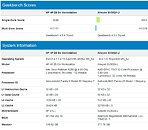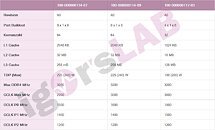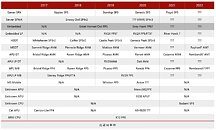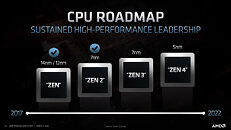
ASUS Unveils Signature Edition Zenbook Series at "Design You Can Feel"
ASUS today announced the global unveiling of a signature edition series of its iconic Zenbook at the "Design You Can Feel" exhibition in Milan. This exclusive release transforms the celebrated Zenbook into a narrative of nature's splendor through four distinct, nature-inspired finishes, each a tribute to Earth's dynamic landscapes. At the same time, it reinforces the Zenbook series' legacy of combining high-performance technology with refined, functional aesthetics.
Signature Edition Series: A tribute to nature's elements
In this unique series, each Zenbook is transformed into a narrative piece that echoes the beauty and complexity of nature. Crafted using the revolutionary ASUS Ceraluminum technology—a breakthrough material that merges the strength of aluminium with the durability of ceramic—each signature edition finish is created with a sustainable, one-of-a-kind manufacturing process:
Signature Edition Series: A tribute to nature's elements
In this unique series, each Zenbook is transformed into a narrative piece that echoes the beauty and complexity of nature. Crafted using the revolutionary ASUS Ceraluminum technology—a breakthrough material that merges the strength of aluminium with the durability of ceramic—each signature edition finish is created with a sustainable, one-of-a-kind manufacturing process:





















